Big promotional periods can make or break your year. Whether it’s Christmas, Black Friday, or a seasonal product launch, your website is the stage where it all happens. Get it right, and you can ride the wave of customer demand. Get it wrong, and you risk frustrated shoppers, abandoned carts, and lost sales.
The secret isn’t scrambling at the last minute. It’s planning ahead. Promotional updates touch everything: design, content, performance, and accessibility. The businesses that win big are the ones who prepare early and think through the details.
This guide walks you through how to plan promotional updates for your website so it’s not only ready to handle the rush but also easy for every customer to use.
Key Tip: Don’t design your promotional updates as one-offs. Create reusable templates for banners, landing pages, and promo sections now. That way, when Christmas, Black Friday, or a summer drop rolls around, you can launch fast with minimal stress, and you know your updates will already be accessible and consistent.
The Challenges of Promotional Updates
Running a promotion isn’t just swapping out a banner and changing a price. It often means:
- Updating key visuals and landing pages.
- Adding or removing products.
- Adjusting content, deals, and terms.
- Making sure checkout and inventory can handle the load.
- Ensuring everything is fast, mobile-friendly, and accessible.
Without a plan, these changes can feel rushed and chaotic. That’s when mistakes slip in and customers drop off.
How to Plan Ahead for Promotional Web Updates
Here’s how to prepare in a way that makes promotional updates easier, more effective, and accessible.
1. Start early
Don’t wait until November to think about Black Friday or until December to prep Christmas. Give yourself at least 8–10 weeks. This gives you room to plan, test, and fix without panic.
2. Define your goals
Promotions aren’t always just about sales. Maybe you want to grow your mailing list, push a specific product, or clear stock. The goal shapes the design and messaging of your update.
3. Map the customer journey
Think about the path from first click to final checkout. Where will people land? What will they see first? How many clicks does it take to get from your promo page to payment?
- Keep it short and simple.
- Make sure calls to action are clear and accessible.
- Test on both desktop and mobile.
4. Design with accessibility in mind
- Use large, readable text and high-contrast colours for promotional banners.
- Make sure buttons are big enough to tap on mobile.
- Always include alt text for promotional images.
- Don’t hide key details in graphics alone — include them in text.
5. Check performance
Promotional periods can drive traffic spikes. A slow or crashing site is the fastest way to kill sales.
- Optimise images to reduce load time.
- Check your hosting plan can handle extra traffic.
- Test checkout speed and reliability in advance.
6. Simplify your forms
If you’re capturing signups or processing payments, forms are often where customers give up.
- Keep them short, only ask for what you really need.
- Make labels clear and error messages helpful.
- Ensure forms are mobile-friendly and accessible via keyboard navigation.
7. Test with real people
Don’t just rely on your team. Ask a few customers or colleagues to test the promo flow on different devices. Watch how they interact. You’ll quickly see where things could be clearer.
8. Have a backup plan
Sometimes things don’t go as expected. Maybe a product sells out faster than planned or a link breaks. Prepare alternate messaging or offers so you’re not scrambling mid-campaign.
What to Avoid
Even with the best intentions, there are common pitfalls during promotional updates:
- Overloading your homepage. Too many graphics, banners, and pop-ups overwhelm visitors.
- Forgetting mobile users. Promotions often look great on desktop but break down on phones.
- Relying only on visuals. Deals written only inside images are invisible to screen readers and harder to find in search engines.
- Not planning redirects. If you replace old promo pages with new ones, make sure old links redirect properly.
- Skipping testing. Launching without checking accessibility, performance, and usability is asking for trouble.
Practical Steps You Can Take Right Now
Even if your next promotion isn’t for months, you can prepare by:
- Reviewing how last year’s promotions went. Where did customers drop off?
- Making a content calendar for key sales periods.
- Building reusable promo page templates that already meet accessibility standards.
- Running a mobile audit of your current site to see what needs improvement.
- Talking to your web team about hosting capacity for peak traffic.
What to Do Now: Your Promotional Web Update Checklist
Here’s a simple list to keep you on track:
- Start planning 8–10 weeks before your promo.
- Define your goals clearly.
- Map the customer journey from first click to checkout.
- Design accessible visuals with readable text and alt descriptions.
- Test site performance and hosting capacity.
- Keep forms short, clear, and mobile-friendly.
- Test the flow with real people on different devices.
- Prepare a backup plan in case of hiccups.
If you’ve ticked “no” on several of these, your site might not be ready for the next big sales period.
The Bottom Line
Promotional updates can be powerful growth drivers, but only if your site is ready. Planning ahead means smoother launches, fewer headaches, and a better experience for your customers.
At Skyrocket, we build Webflow and Shopify sites designed to handle the rush of promotional periods, with accessibility baked in. If you want to get your site ready for your next big campaign without overcomplicating it, let’s talk.

.png)

